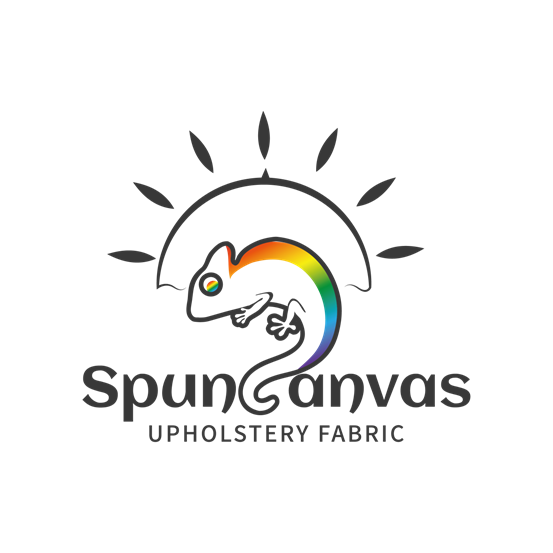Polypropylene fabric, a cornerstone of modern textiles, is widely recognized for its versatility and performance across numerous applications, from outdoor gear to medical textiles. For Spuncrylic, a brand committed to delivering high-quality and innovative fabric solutions, understanding the inherent properties of polypropylene, especially its interaction with water, is fundamental. A common question that arises is: Is polypropylene fabric truly impermeable to water? The answer, while nuanced, sheds light on why this material is so highly valued in various industries.
Understanding Polypropylene and Water Resistance
Polypropylene (PP) is a synthetic thermoplastic polymer. Its molecular structure, characterized by long chains of propylene monomers, gives it several distinct advantages, particularly concerning moisture. Unlike natural fibers such as cotton, which are hydrophilic (water-attracting), polypropylene is inherently hydrophobic (water-repelling). This fundamental property means that polypropylene fibers do not absorb water. Instead, water molecules tend to bead up and remain on the surface of the fabric.
This hydrophobic nature is a key reason why polypropylene is often described as
water-resistant. However, it is crucial to distinguish between “water-resistant” and “waterproof.” While polypropylene fibers themselves do not absorb water, the fabric's overall impermeability depends on its construction.
The Role of Fabric Construction
The way polypropylene fibers are woven or bonded together significantly impacts the fabric's ability to prevent water from passing through. A tightly woven or non-woven polypropylene fabric will have smaller pores, making it more difficult for water to penetrate. This is where Spuncrylic's expertise comes into play. We utilize advanced manufacturing techniques to create polypropylene fabrics with a dense and uniform structure, enhancing their water resistance.
For instance, in our Spuncrylic outdoor furniture fabrics, we employ a specialized weaving process that minimizes the gaps between fibers. This tight construction, combined with the inherent hydrophobicity of polypropylene, creates a formidable barrier against rain and moisture. While a prolonged downpour might eventually lead to some water seeping through, our fabrics are designed to withstand typical outdoor conditions, keeping the underlying cushions and furniture dry.
Spuncrylic's Approach to Enhancing Water Resistance
At Spuncrylic, we go beyond the inherent properties of polypropylene to deliver superior water-resistant fabrics. Our innovation focuses on several key areas:
•Advanced Weaving and Bonding: We continuously refine our manufacturing processes to create denser and more uniform fabrics. This reduces the likelihood of water penetration, even under pressure.
•Surface Treatments: We apply specialized coatings and finishes to our polypropylene fabrics to further enhance their water repellency. These treatments create an additional protective layer that causes water to bead up and roll off the surface, preventing it from saturating the fabric.
•Breathability: While water resistance is crucial, we also understand the importance of breathability. Our fabrics are designed to allow water vapor (such as sweat) to escape, preventing the buildup of moisture and ensuring comfort. This is particularly important for applications like outdoor apparel and upholstery.
The Spuncrylic Advantage: Beyond Water Resistance
While the water resistance of our polypropylene fabrics is a key selling point, it is just one aspect of their overall performance. Spuncrylic fabrics are also known for their:
•Durability: Polypropylene is a highly resilient material that can withstand abrasion, chemicals, and UV radiation.
•Stain Resistance: The non-absorbent nature of polypropylene makes it difficult for stains to set in, making our fabrics easy to clean and maintain.
•Colorfastness: We use solution-dyeing techniques, which means the color is an integral part of the fiber. This ensures that our fabrics retain their vibrant colors, even after prolonged exposure to sunlight and washing.
•Sustainability: Polypropylene is a recyclable material, and our manufacturing processes are designed to minimize environmental impact. We are committed to providing sustainable fabric solutions without compromising on quality or performance.
Conclusion: A Reliable Choice for Water-Resistant Applications
So, is polypropylene fabric impermeable to water? While no fabric is truly 100% waterproof under all conditions, Spuncrylic's polypropylene fabrics come remarkably close. Their inherent hydrophobicity, combined with our advanced manufacturing techniques and surface treatments, makes them an excellent choice for a wide range of applications where water resistance is a key requirement.
Whether you are looking for durable outdoor furniture upholstery, high-performance activewear, or reliable medical textiles, Spuncrylic's polypropylene fabrics offer a winning combination of water resistance, durability, and sustainability. We are proud to offer innovative fabric solutions that meet the evolving needs of our customers, and we are confident that our polypropylene fabrics will exceed your expectations.



